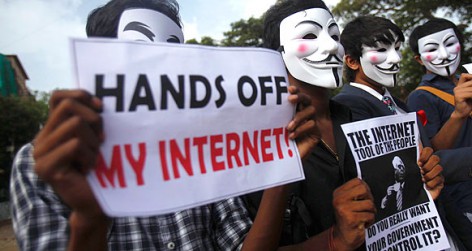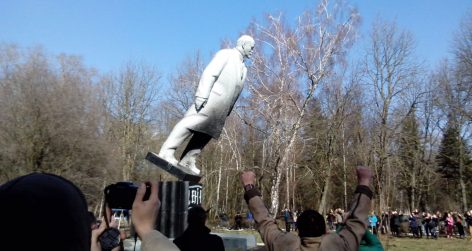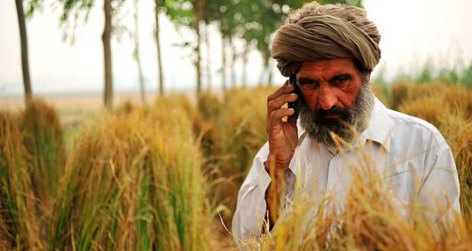Pakistani journalist Saleem Shahzad was found dead after publishing an article on the links between al-Qaida and Pakistan’s military, writes Ayyaz Mallick.

The case
On 30 May 2011, investigative journalist Saleem Shahzad’s dead body, bearing marks of torture, was found near the Pakistani capital of Islamabad just two days after he mysteriously disappeared on his way to a television debate. Shahzad had been in the limelight after publishing the first part of an explosive story allegedly uncovering the penetration of radical Islamist group al-Qaida into various organs of the Pakistani military. He disappeared before the second part could be published in the wake of a brazen attack by militants on a Pakistani naval air station in Karachi on 22 May.
Earlier, in October 2010, Shahzad had been summoned to the headquarters of the ISI, Pakistan’s main intelligence agency, where he was asked to retract a story he had published about the organisation’s release of Taliban leader Mullah Baradar. In the aftermath of the meeting with ISI officials, Shahzad had emailed Ali Dayan Hasan, Pakistan director of Human Rights Watch, expressing fears about his safety at the hands of the intelligence agencies.
Following Shahzad’s death, the ISI denied any involvement in his murder and a governmental commission was set up, comprised of provincial police chiefs, senior judges and journalists’ representatives, to investigate the incident. The commission released its report in mid-January 2012. It recommended appropriate compensation be given to Shahzad’s family but was unable to identify the culprits. Human rights groups, however, severely criticised the report for exonerating the intelligence services of responsibility for Shahzad’s murder and the ISI for being beyond the ambit of Pakistan’s criminal justice system.






















